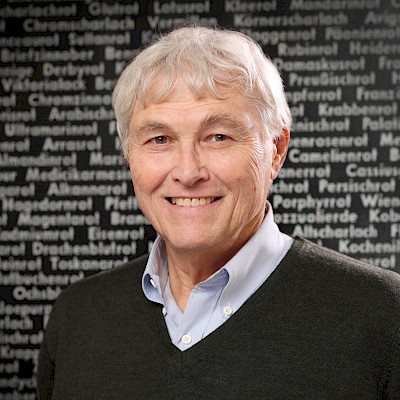John Pollini received his M.A. and Ph.D. from the University of California at Berkeley. After teaching at Case Western Reserve University and at Johns Hopkins University, where he also served as Curator of the University's Archaeological Museum, he joined the faculty of the University of Southern California, where he has taught since 1987. He has received numerous fellowships and awards, including a Guggenheim Foundation Fellowship, three National Endowment for the Humanities Fellowships, two American Council of Learned Societies Fellowships, and a Fulbright Fellowship, and he has served as Whitehead Professor of Archaeology at the American School of Classical Studies at Athens. Among his other honors, he is a Corresponding Member of the German Archaeological Institute. Professor Pollini has lectured widely in the United States, Canada, and Europe. His numerous publications deal with various aspects of Greek and Roman art, considered in an interdisciplinary context. In addition to his project for the Morphomata Fellowship, he is presently completing work on his book »Christian Destruction and Desecration of Images and Temples of Classical Antiquity.«
Augustus Caesar: From Image to Icon
The public perception of the leader of any government is a factor of major importance in the successful operation of that government. Whether in antiquity or in our own day, this perception is advanced through »image-making,« which takes different forms depending on time, place, and circumstances. My case study focuses on the image of Augustus Caesar, a central figure of Western civilization, and how his image (perceptual, literary, and visual) became an icon of Roman leadership. At a personal level, a leader’s psychological need to convince himself of his self-worth and place in history may result in his believing and becoming the image created. To be considered, therefore, are not just political factors but also the possible effects of Augustus’ upbringing, education, and certain physiological and psychological handicaps in the creation of his image. In the formation, reception, and transmission of Augustus’ image, the role of rhetoric, biography, autobiography, and history will also be examined. My interdisciplinary approach reevaluates not only what constitutes Augustus’ image/icon but also the process of image-making in a broader sense, which has wider implications and ramifications for our understanding of the iconography and iconology of personal imagery over the course of the centuries.
